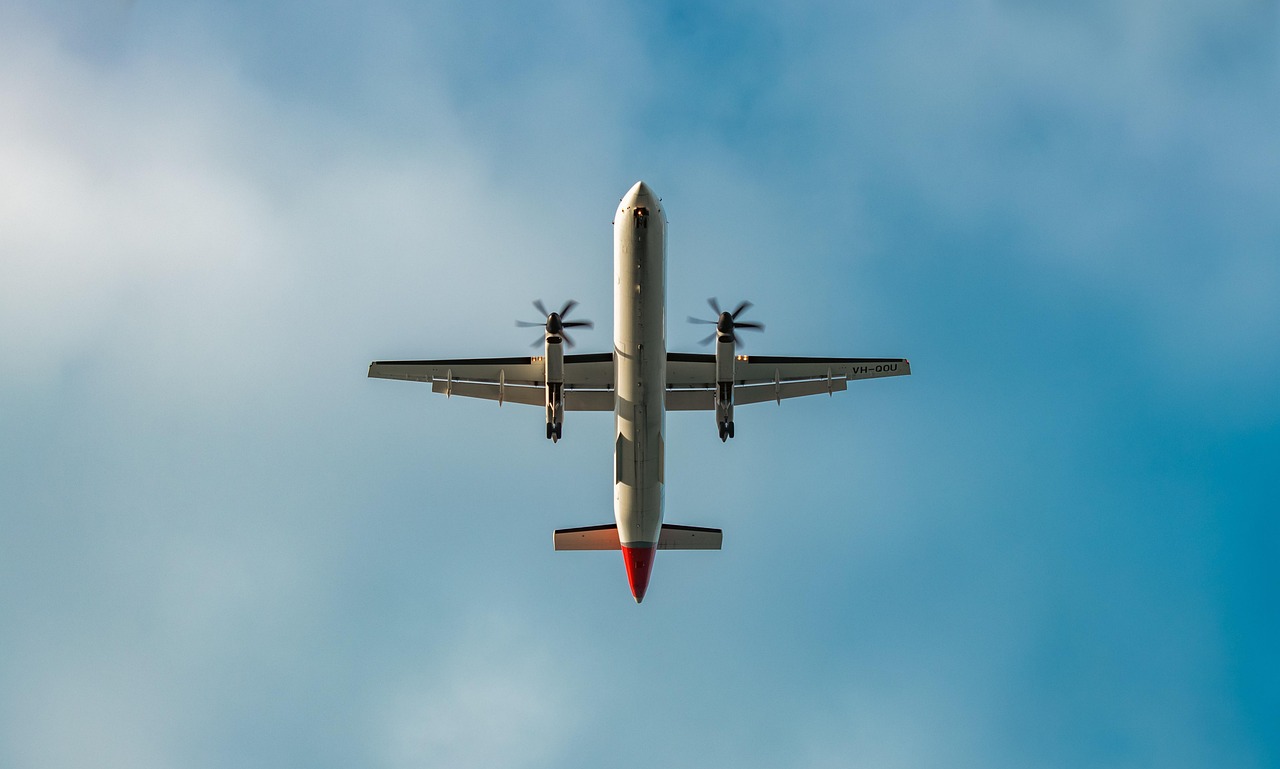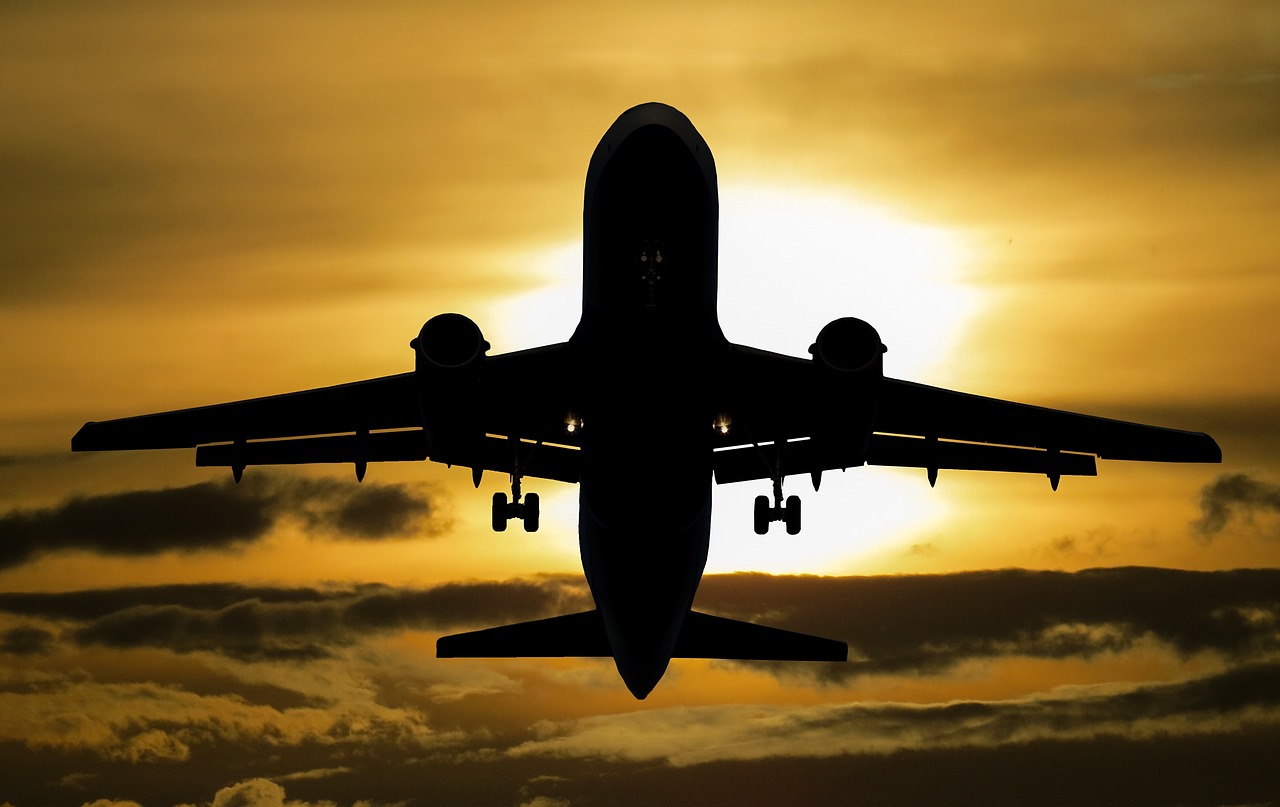Flight mode (or airplane mode) is a setting on your phone, tablet, or other electronic devices that turns off wireless communication. When you activate flight mode, your device stops transmitting signals that allow you to make calls, send texts, use mobile data, or connect to Bluetooth and WiFi (unless the airline allows WiFi).
Once activated, you can still use your device to play games, listen to music, or watch movies that don’t require an internet connection. But why do you need to activate it when flying?

Mobile phones constantly search for the nearest cell towers to stay connected. When you are on the ground, this is not a problem because there are plenty of towers nearby, allowing your phone to seamlessly switch from one to another as you move. However, things change dramatically when you are in an aeroplane.
At cruising altitude, usually between 30,000 and 40,000 feet, there are no cell towers nearby that your phone can easily connect to. And since your device is designed to maintain a stable connection, it will continuously boost its signal strength in an attempt to reach a tower. This stronger signal can interfere with the aircraft’s communication and navigation systems.
Modern planes are well-shielded against interference, but the risk is not zero. Sensitive instruments used for navigation, especially during critical phases of the flight, like takeoff and landing, could be affected if too many devices are sending out signals.
Putting your phone in airplane mode stops it from constantly searching for a connection, reducing the chance of interference with the aircraft's systems.

Pilots rely on clear and uninterrupted communication with air traffic control (ATC) at all times. These communications are conducted over specific radio frequencies, which allow pilots to receive important instructions for navigation, weather updates, and emergency alerts.
If dozens of passengers leave their phones on with the cellular network active, these devices can create unwanted radio signals that interfere with the aircraft’s communication system, which may manifest as buzzing, clicking, or static noise in the pilots’ headsets. While this does not completely block communication, it can make it harder for pilots to hear instructions clearly. For pilots, who need to focus on precise communication, even minor interference can be problematic.
Phones in flight don’t just pose challenges for aircraft. They can also cause problems for cellular networks on the ground.
When a plane is flying at hundreds of miles per hour, any phone that is not in airplane mode is constantly attempting to connect to multiple cell towers at once. Unlike a car journey where your phone smoothly switches from one tower to the next, an airborne phone jumps between towers at an extremely rapid pace.
This creates two major issues:
Network confusion - Cell towers are designed to handle signals from ground-level devices, moving at relatively slow speeds. When hundreds of phones from a passing aeroplane suddenly try to connect at once, it overwhelms the system, making it harder for ground-based users to maintain stable connections.
Overloaded infrastructure - If multiple airborne phones keep connecting and disconnecting from towers, the network gets flooded with unnecessary traffic. This wastes resources and could slow down service for people on the ground.
If you forget to turn on flight mode, don’t panic. Your phone will not immediately cause the plane to fall out of the sky. However, the risks mentioned above can add up, especially on a flight with hundreds of passengers.
In some cases, if the interference is strong enough, the pilot might hear buzzing or clicking sounds in their headset, so if too many passengers ignore the rule, it could make communication less clear, which could lead to bigger issues.
That is why it is best to follow the instructions and switch on airplane mode. It is a simple action that helps keep flights safe and smooth.


If you want the latest information on the best Hotel Executive Club Lounges, Hotel Kids Clubs and other travel information, be sure to sign up for our free newsletter full of tips and great travel ideas.